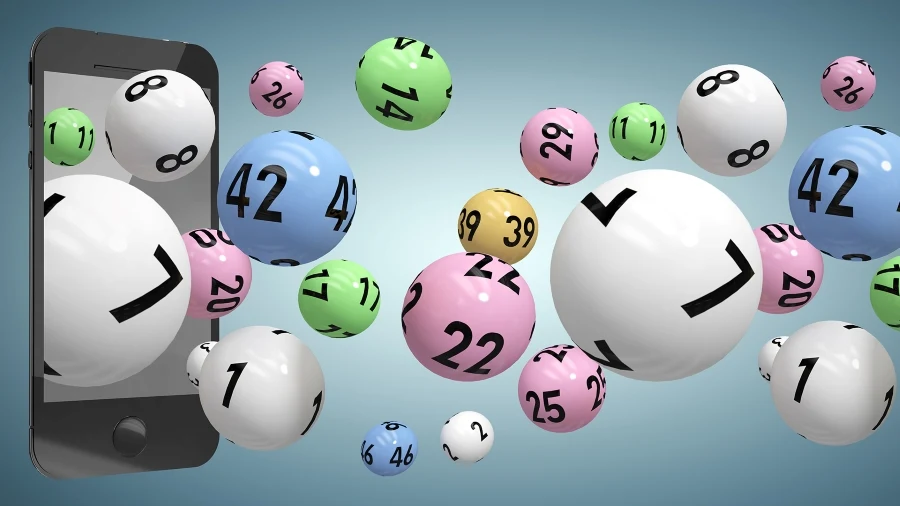Alphabet letter combinations occasionally align with winning lottery numbers through conversion processes that transform alphabetic characters into numerical values. These alignment events occur when players successfully convert letter sequences into number combinations that match drawn results in lottery games. The timing of these matches depends on multiple variables, including conversion method selection, source material interpretation, and random drawing outcomes. Recognition of successful matches requires careful tracking of both conversion processes and actual drawing results.
Successful alphabet-to-number conversions that result in winning combinations represent convergence points where systematic selection methods intersect with random drawing outcomes. Analyzing dreams with a buku mimpi allows players to form meaningful connections between imagination and reality, enriching the overall lottery experience. The occurrence timing varies based on conversion methodology and the specific alphabetic source material being processed.
Match occurrence patterns
Alphabet letter combinations align with winning numbers most frequently when players maintain consistent conversion methodologies across multiple gaming sessions. These alignment events tend to cluster around periods when players stick to proven conversion approaches rather than constantly changing their systematic methods. Successful matches often occur after players have refined their conversion techniques through repeated application and adjustment. The refinement process helps eliminate inconsistencies that prevent accurate letter-to-number translation, creating favourable conditions for alignment with drawn results.
Timing coordination elements
The coordination between alphabet conversion processes and lottery drawing schedules influences when successful matches occur. Players who align their conversion activities with specific drawing times often report improved synchronization between their selection processes and actual result announcements. Optimal timing involves completing conversion processes well before drawing events to allow adequate preparation time for ticket purchasing and result verification. This preparation ensures that converted numbers can be applied appropriately to relevant drawings without rushing through the selection process.
Conversion accuracy validation
Successful alphabet-to-number matches require accurate conversion processes that consistently transform letters according to established systematic rules. Validation involves checking conversion calculations multiple times to ensure that alphabetic inputs generate correct numerical outputs. Accuracy verification becomes particularly important when dealing with complex letter combinations that involve multiple conversion steps or hybrid methodologies. Players who maintain detailed records of their conversion processes can identify calculation errors that might prevent successful matches from being recognized.
Source material alignment
The alignment between alphabetic source material and winning numbers often depends on the quality and relevance of the original letter combinations being converted. High-quality source material produces more coherent conversion results that align more readily with lottery drawing patterns. Effective source material selection involves choosing letter combinations that convert naturally into number ranges appropriate for specific lottery formats. This alignment ensures that conversion processes generate numbers within the correct ranges for the intended gaming applications.
Recognition verification methods
Identifying successful matches between converted alphabet combinations and winning lottery numbers requires systematic verification methods that confirm both conversion accuracy and result correspondence. This verification process involves checking multiple elements to ensure that apparent matches represent genuine successes rather than calculation errors. Complete verification includes confirming that original alphabetic source material was converted correctly according to chosen systematic rules. The process also requires checking that converted numbers match drawn results exactly rather than approximately.
Recognition of successful matches provides valuable feedback about conversion method effectiveness and helps players refine their systematic approaches for future gaming sessions. This feedback loop continuously improves conversion accuracy and source material selection processes. Alphabet letter combinations match winning lottery results when conversion processes, timing coordination, and source material selection align optimally with random drawing outcomes in legitimate lottery gaming environments.












